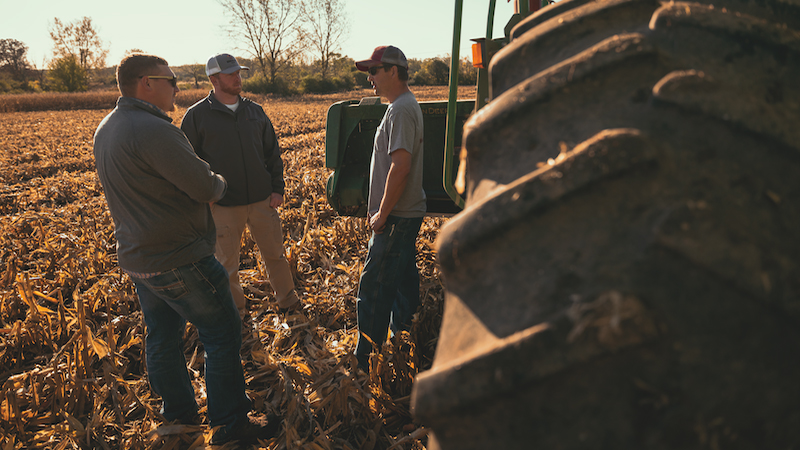How to Respond to Tar Spot’s Early Arrival
The early 2024 season has been a challenging one for many growers in the Midwest. After large amounts of spring rain, an early season heat wave has taken hold. The heat, while welcomed, gave tar spot a boost, appearing in fields earlier and heavier than usual.
Tar spot, caused by the fungus known as Phyllachora maydis (P. maydis), can be identified by small, raised black spots present on corn leaves, stalks and husks.
The recent hot and humid conditions following prolonged wetness to start the summer has helped the disease thrive. Tar spot spores are released during periods of high humidity and can continue as long as conditions are favorable.
“We traditionally attribute tar spot to really wet Junes, taking over fields in July,” said Carl Joern, Pioneer Field Agronomist. “We’ve seen tar spot in fields in early June, meaning we’ll be fighting this disease longer.”
Because tar spot came earlier this year, growers are urged to scout more closely as prolonged disease pressure could lead to greater yield impact.
Pioneer on-farm research trials, along with grower reports, showed yield losses of up to 50% under the most extreme infestations during the 2018 season and again in the 2021 growing season.
In prolonged periods, tar spot can cause stalk quality issues and even premature death. If foliar symptoms are present, stalk quality should be monitored carefully to determine harvest timing.
Research has shown that fungicide treatments can be effective against tar spot (Bajet et al., 1994; Da Silva et al., 2019; Ross et al., 2023). A multistate university study conducted in 2020 and 2021 showed that fungicide treatments with multiple modes of action were better at reducing tar spot severity and protecting corn yield than those with only a single mode of action (Telenko et al., 2022).
As a general reminder, it’s important to report tar spot in fields. Contact university plant pathologists, agronomists, seed consultants and other trusted advisers if tar spot is found. Leaf tissue should be tested to confirm and record findings for future use and research.





